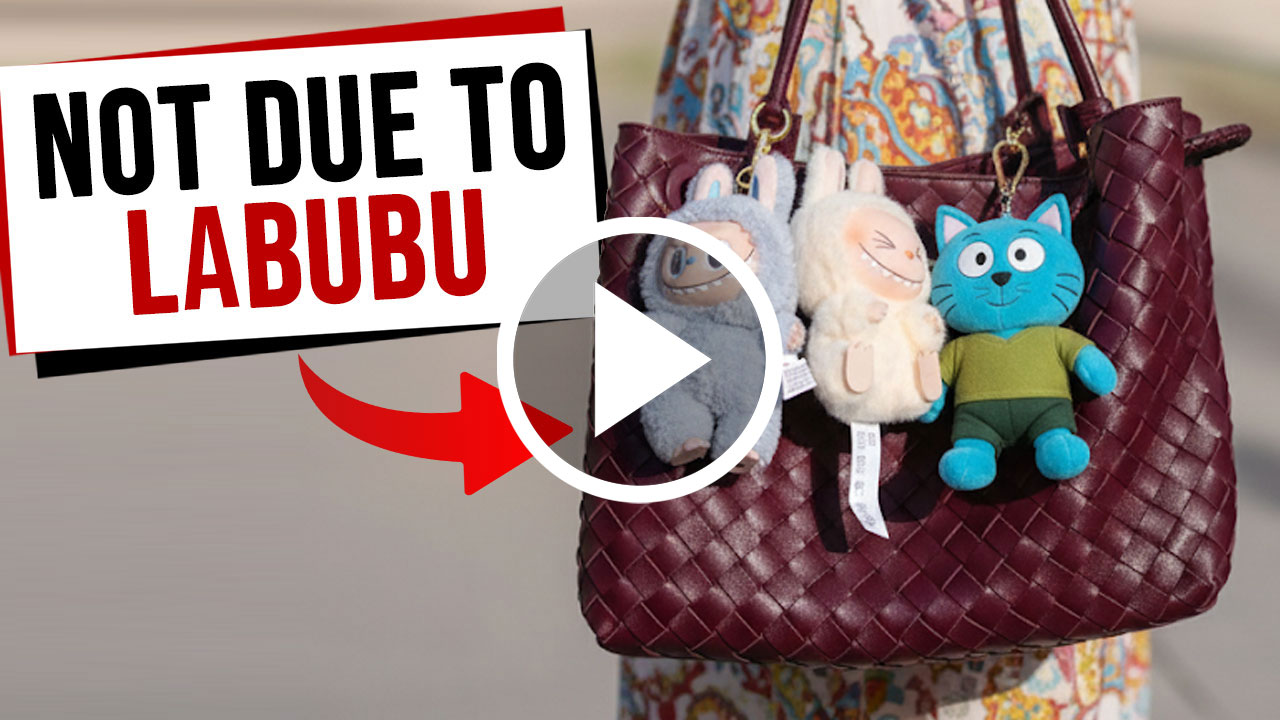Fallout from Fukushima: Singaporeans Weighing the Risk
As Japan commences the disputed act of discharging treated radioactive water from its damaged Fukushima nuclear facility into the ocean, a wave of concern washes over some Singaporeans, who are now questioning the safety of consuming food imported from Japan, despite there being no official ban on these products (yet).
This has led to local Japanese restaurants already experiencing a squeeze, with some witnessing a 20% reduction in business.
Here’s what happened.
A Sour Taste for Business After Fukushima Water Release
Ken, the director and head chef of a Japanese eatery, told Lianhe Zaobao that they typically cater to 40 patrons daily. Yet, on the eve of the treated water’s release, 20 customers withdrew their bookings.
Since the commencement of the release, commerce in a trio of Japanese dining establishments has plummeted by 10 to 20%. The director of the chain said, “We try to find substitutes of equal quality from other countries, and we believe that the authorities’ control over imported food will gradually restore consumer confidence.”
Lianhe Zaobao communicated with more Japanese eateries, with the consensus being that business had dwindled that weekend.
One apprehension spawned by the water discharge plan is whether radioactive components like tritium, which are challenging to extract from water, will have detrimental effects on human well-being.
I’m not sure about you, but I’m looking at this positively: this could potentially lead to lower prices.

Right?
Experts Offer Reassurance
Jim Smith, an Environmental Science Professor at the University of Portsmouth, conveyed to Lianhe Zaobao that the chemical attributes of tritiated water resemble regular water, and it generally does not induce “biomagnification,” a phenomenon where radioactive materials accumulate in marine creatures and progressively augment throughout the food network.
The director of the Singapore Nuclear Research and Safety Institute encouraged Singaporeans not to be excessively anxious about the discharge of Japanese nuclear wastewater.
He stated that the government has established exceedingly prudent safety thresholds, predicated on the ingestion of nearly every meal with radioactively tainted food for an entire year, culminating in the accumulation of radioactive materials in the body. He added, “Even if you inadvertently consume one or two meals, the actual detriment to the body is exceedingly minimal.”
Tests Indicate Radiation Levels After Fukushima Water Release Remain Within Safe Limits
TEPCO, the entity responsible for the Fukushima nuclear reactor, announced that the radioactivity concentrations in seawater specimens collected post the wastewater’s discharge from the reactor were comfortably within safe parameters.
The International Atomic Energy Agency (IAEA) also corroborated that the water, devoid of all radioactive constituents except tritium, is harmless.
Moreover, the radiation concentrations in South Korea’s territorial waters are still beneath the World Health Organization (WHO) benchmarks for potable water, as per Seoul’s oceans ministry, subsequent to the discharge of radioactive water from Japan’s Fukushima nuclear facility into the sea.
The ministry disclosed findings from five sites in the southeastern waters and intends to reveal data from an additional 10 sites shortly. The most recent findings exhibit concentration levels of cesium-135, cesium-137, and tritium considerably below the WHO’s criterion for potable water. The government is planning comprehensive radiation assessments on 92 sites and accelerated evaluations on 108 sites.
While China has prohibited Japanese seafood, South Korea has not followed suit.
There isn’t any ban in Singapore, too.




